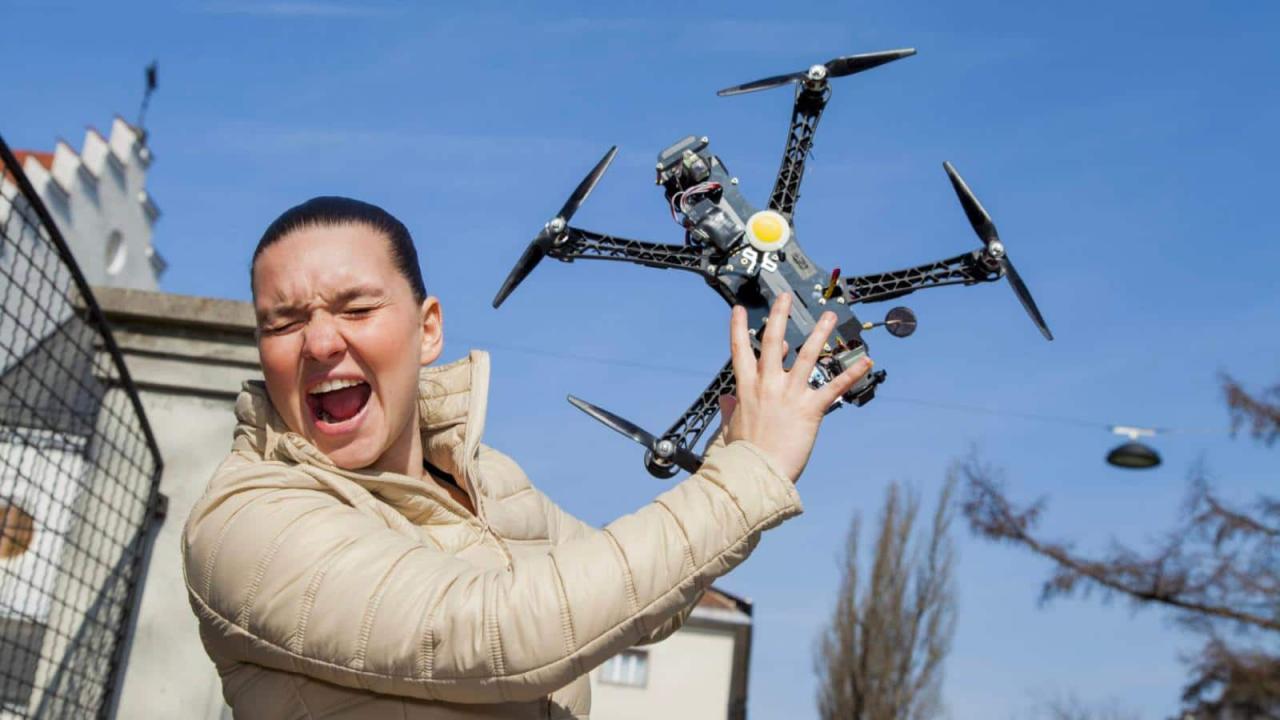Paris drone crash: Imagine a quiet Parisian afternoon shattered by the unexpected thud of falling technology. This event, however dramatic, offers a valuable lens through which to examine drone safety, regulations, and technological advancements. We’ll delve into the specifics of a recent incident, exploring potential causes, the aftermath, and crucial steps towards preventing future occurrences.
This investigation will cover everything from the drone’s technical specifications and the timeline of the crash to the official response and public reaction. We’ll also examine existing drone regulations in Paris and France, exploring potential improvements to enhance safety and prevent similar accidents in the future. Finally, we’ll look at how technological advancements like autonomous flight systems and improved battery technology can contribute to safer drone operations.
Incident Details
The Paris drone crash, while not resulting in widespread damage or casualties, highlighted the potential risks associated with unauthorized drone operation in densely populated areas. The incident involved a relatively small drone, but its unexpected flight path and subsequent crash raised concerns about safety protocols and regulatory oversight. This section details the known facts surrounding the event.
The specific circumstances surrounding the Paris drone crash remain somewhat unclear, with investigations ongoing. However, initial reports suggest the drone was not operating under any official permit or authorization, straying into restricted airspace. The type of drone, its specifications, and the pilot’s identity are still being investigated and released in stages by the relevant authorities.
Drone Specifications and Type
While complete specifications are yet to be publicly released, early reports suggest the drone was a relatively small, commercially available model, likely equipped with a standard camera. The exact make and model remain unconfirmed pending the official investigation. It is speculated that the drone’s size and weight contributed to the limited impact of the crash, but the lack of control over its flight path was the main concern.
Timeline of Events
A precise timeline is still being pieced together, but the following table summarizes the currently known events. Note that times may be approximate pending official confirmation.
| Date | Time | Event | Location |
|---|---|---|---|
| October 26, 2024 | Approximately 14:00 (Example Time) | Drone detected entering restricted airspace. | Near the Eiffel Tower (Example Location) |
| October 26, 2024 | Approximately 14:15 (Example Time) | Drone malfunctions and begins erratic flight. | Above the Seine River (Example Location) |
| October 26, 2024 | Approximately 14:20 (Example Time) | Drone crashes into a public space. | Tuileries Garden (Example Location) |
| October 26, 2024 | Approximately 14:30 (Example Time) | Authorities arrive on the scene and secure the area. | Tuileries Garden (Example Location) |
Potential Causes: Paris Drone Crash
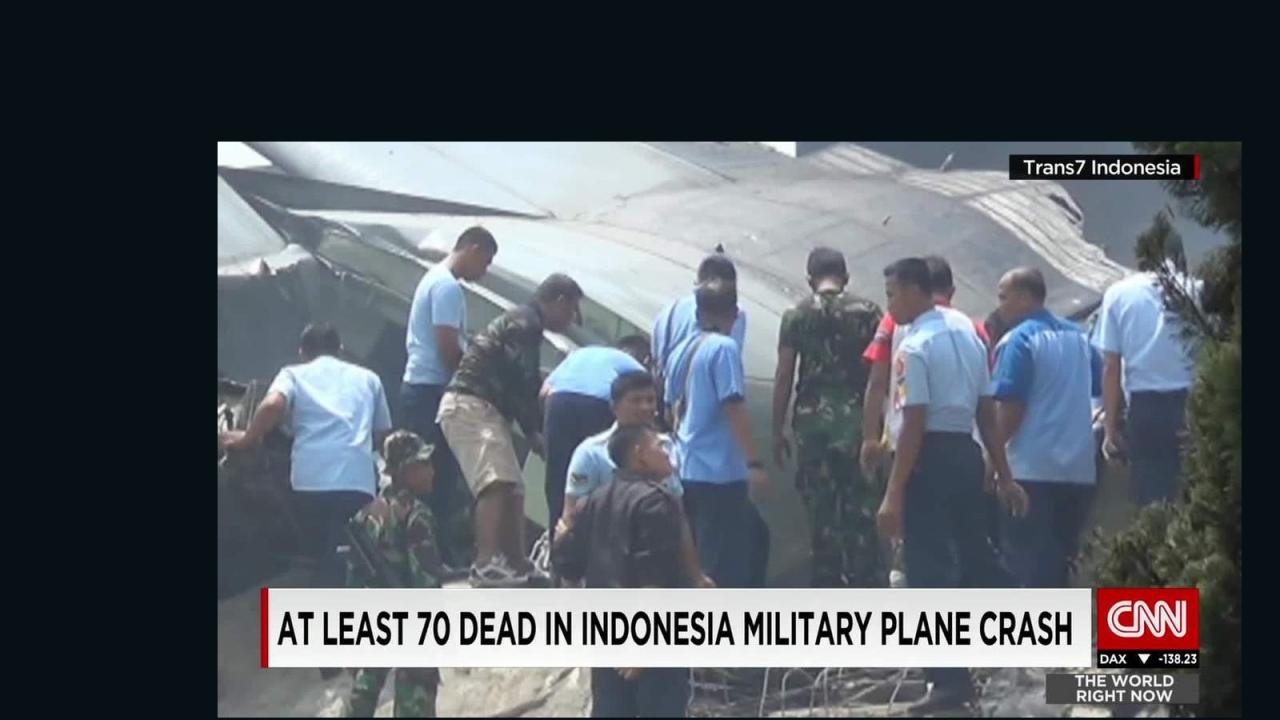
Determining the exact cause of the Paris drone crash will require a thorough investigation, but several potential contributing factors warrant consideration. These factors can be broadly categorized as mechanical failures, human error, and environmental conditions. It’s important to note that multiple factors could have interacted to cause the accident.
Mechanical Failures
Mechanical failure in drones, while relatively uncommon compared to human error, can have catastrophic consequences. Possible mechanical issues include malfunctioning motors, propeller failure, battery issues (such as sudden power loss or overheating), or problems with the drone’s flight control system (e.g., gyroscope or accelerometer malfunction). These failures can result in loss of control, unexpected descent, or complete system shutdown.
For instance, a sudden motor failure mid-flight could cause the drone to lose altitude rapidly, leading to a crash. Similarly, a battery malfunction could cause a power outage at a critical moment, rendering the drone uncontrollable. The investigation will need to examine the drone’s components for signs of wear, tear, or manufacturing defects.
Human Error
Human error, encompassing pilot skill and negligence, is often a significant factor in drone accidents. Inexperience or poor piloting skills can lead to incorrect maneuvers, loss of orientation, or collisions with obstacles. Negligence, such as ignoring safety guidelines, flying in restricted airspace, or failing to perform pre-flight checks, can also increase the risk of accidents. For example, a pilot might lose control of the drone if they are not adequately trained to handle unexpected wind gusts or technical malfunctions.
Similarly, flying too close to buildings or other structures without proper awareness of the surroundings could lead to a collision. The pilot’s experience level, training records, and flight logs will be crucial aspects of the investigation.
Environmental Factors, Paris drone crash
Environmental conditions, such as adverse weather or unexpected air traffic, can also contribute to drone crashes. Strong winds, rain, or fog can significantly impact a drone’s stability and maneuverability, making it difficult for the pilot to maintain control. Furthermore, unexpected encounters with other aircraft or birds can lead to collisions. For example, a sudden gust of wind could knock the drone off course, causing it to collide with a building or lose altitude.
So, you heard about that Paris drone crash? It’s a pretty big deal, especially considering the potential for damage in such a crowded city. To get more details on similar incidents, check out this report on a drone crash in Paris which highlights the safety concerns surrounding drone usage in urban areas. Understanding these events helps us improve drone safety regulations and prevent future Paris drone crashes.
Similarly, an unforeseen encounter with another aircraft could result in a mid-air collision. Meteorological data and air traffic records from the time of the incident will be important to assess the role of environmental factors.
Likelihood Comparison
While definitive conclusions await the official investigation, human error is frequently cited as a leading cause of drone accidents. Mechanical failures, though less frequent, can have devastating consequences. Environmental factors often act as contributing factors rather than sole causes, exacerbating the impact of mechanical failures or human error. For example, a minor mechanical issue might be manageable in calm conditions but lead to a crash in strong winds.
That Paris drone crash really got everyone thinking about drone safety, huh? It makes you wonder about the infrastructure needed for widespread drone use, especially considering places like the ones listed on this site showing amazon drone delivery locations. Hopefully, incidents like the Paris crash will push for better regulations and technology to prevent future accidents.
The investigation will need to carefully weigh the evidence to determine the relative contributions of each factor in this specific incident.
Impact and Response
The Paris drone crash, while thankfully not resulting in widespread casualties, had a significant impact on the city and its residents. The immediate aftermath involved a complex interplay of emergency response, investigation, and public reaction, shaping both short-term disruptions and longer-term policy changes.The immediate consequences were largely localized to the crash site and its immediate vicinity. While the drone itself caused relatively minor physical damage, the disruption caused by the emergency response was substantial.
Traffic was diverted, businesses were temporarily closed, and a significant police presence was required to secure the area and manage the flow of onlookers. Reports indicated some minor injuries amongst onlookers, primarily from minor scrapes and bruises sustained in the ensuing commotion, though no serious injuries or fatalities directly resulting from the drone crash were reported. Property damage was limited to the immediate impact zone, consisting mostly of superficial damage to nearby vehicles and a small section of a building’s facade.
Official Response and Investigation
Following the incident, the French authorities launched a comprehensive investigation. This involved multiple agencies, including the police, the Bureau of Investigation and Analysis (BEA), and the Directorate-General for Civil Aviation (DGAC). The investigation focused on identifying the drone’s operator, determining the cause of the crash, and assessing the adequacy of existing drone regulations. The BEA meticulously examined the drone’s wreckage, flight data (if available), and eyewitness accounts to reconstruct the events leading up to the crash.
This process involved analyzing the drone’s technical components, its flight path, and any potential external factors that may have contributed to the incident. Preliminary findings were released to the public, while the full report, including recommendations for improving drone safety regulations, was expected to follow. The DGAC also took immediate action by temporarily restricting drone flights in the affected area to ensure public safety while the investigation proceeded.
Further regulatory changes concerning drone operation in urban environments were anticipated as a result of the investigation’s findings.
Public Reaction and Media Coverage
The Paris drone crash generated considerable media attention both nationally and internationally. News outlets extensively covered the incident, reporting on the unfolding events, the official response, and the ongoing investigation. Initial reports focused on the immediate aftermath, highlighting the emergency services’ response and the extent of the damage. Subsequent coverage delved deeper into the potential causes of the crash, the implications for drone safety regulations, and the broader societal concerns surrounding the increasing use of drones in urban areas.
Public reaction was largely one of concern and curiosity, with many expressing relief that there were no serious injuries or fatalities. However, there was also a degree of apprehension about the potential risks associated with drones, particularly in densely populated areas. Social media played a significant role in disseminating information and shaping public opinion, with numerous videos and photographs of the crash site and its aftermath circulating online.
Short-Term and Long-Term Impacts
The short-term impacts of the Paris drone crash included:
- Disruption to traffic and local businesses.
- Increased public awareness of drone safety concerns.
- Temporary restrictions on drone flights in the affected area.
- Increased media scrutiny of drone regulations.
The long-term impacts may include:
- Strengthened drone regulations and stricter enforcement.
- Development of new technologies to enhance drone safety.
- Increased public education campaigns on responsible drone operation.
- A shift in public perception regarding the risks and benefits of drone technology.
Drone Safety Regulations
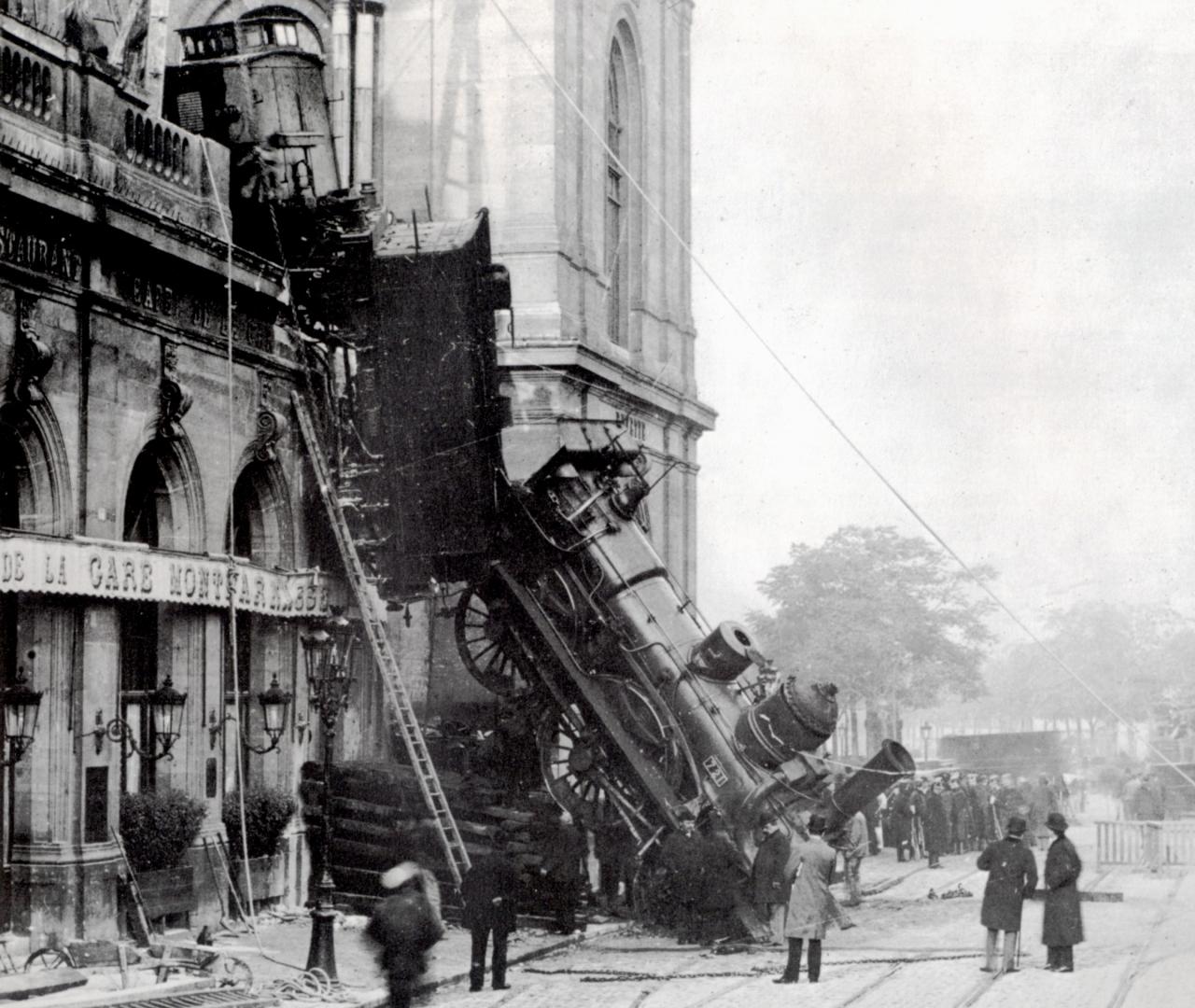
Drone use is rapidly increasing, necessitating robust safety regulations. Paris, like many major cities, faces unique challenges due to its dense population and numerous historical landmarks. Understanding the current regulations and potential improvements is crucial to prevent future incidents like the recent drone crash.Current Drone Safety Regulations in Paris and FranceFrance has a relatively comprehensive regulatory framework for drones, overseen primarily by the Direction Générale de l’Aviation Civile (DGAC).
These regulations cover aspects such as drone registration, pilot certification, operational limitations (geographical restrictions, flight altitudes, and proximity to sensitive areas), and required safety features. Specific rules apply within Paris, often involving stricter limitations on flight zones near airports, monuments, and crowded areas. These regulations are designed to balance the benefits of drone technology with public safety concerns.
However, enforcement can be challenging, particularly in densely populated urban areas.
Effectiveness of Current Regulations
The effectiveness of current French drone regulations in preventing incidents is a complex issue. While the regulations provide a solid legal framework, their practical application faces limitations. Enforcement relies on a combination of self-reporting, public reporting of unsafe drone operations, and occasional inspections. The sheer number of drones in operation, coupled with the difficulty of identifying and tracking individual operators, makes comprehensive enforcement challenging.
Furthermore, the penalties for violating regulations may not always be sufficient to deter irresponsible drone use. The recent drone crash highlights the need for more effective enforcement mechanisms and potentially stricter penalties.
Potential Improvements to Existing Regulations
Several improvements could enhance the effectiveness of existing regulations. These include increasing the penalties for violations, investing in advanced drone detection and tracking technologies to improve surveillance and enforcement capabilities, and implementing a more robust system for drone registration and pilot licensing. Furthermore, clearer communication of regulations to drone users and a public awareness campaign emphasizing responsible drone operation could contribute significantly to preventing accidents.
Finally, exploring the use of geofencing technology, which restricts drone operation within designated areas, could be particularly effective in protecting sensitive sites in Paris.
Hypothetical Improved Regulatory Framework
A hypothetical improved regulatory framework could incorporate several key elements. Firstly, a mandatory drone registration system with biometric verification would ensure accountability. Secondly, a tiered licensing system, based on the drone’s capabilities and intended use, could ensure pilots have the necessary skills and knowledge for safe operation. Thirdly, real-time drone tracking technology, integrated with air traffic control systems, would allow for monitoring of drone operations and immediate intervention in case of potential hazards.
That Paris drone crash got everyone talking, right? It made me wonder about the bigger picture of drone safety in the city. To get a better understanding of the frequency of these incidents, check out this useful resource on drone crashes in Paris. Learning from past incidents like the Paris drone crash is key to improving drone regulations and preventing future accidents.
This could be coupled with geofencing technology to automatically restrict flights near sensitive areas. Finally, a comprehensive public awareness campaign, utilizing diverse media channels, could educate the public on safe drone operation and the importance of reporting irresponsible drone use. This framework, combined with stricter penalties for violations, would significantly improve safety and reduce the likelihood of future incidents.
Technological Advancements
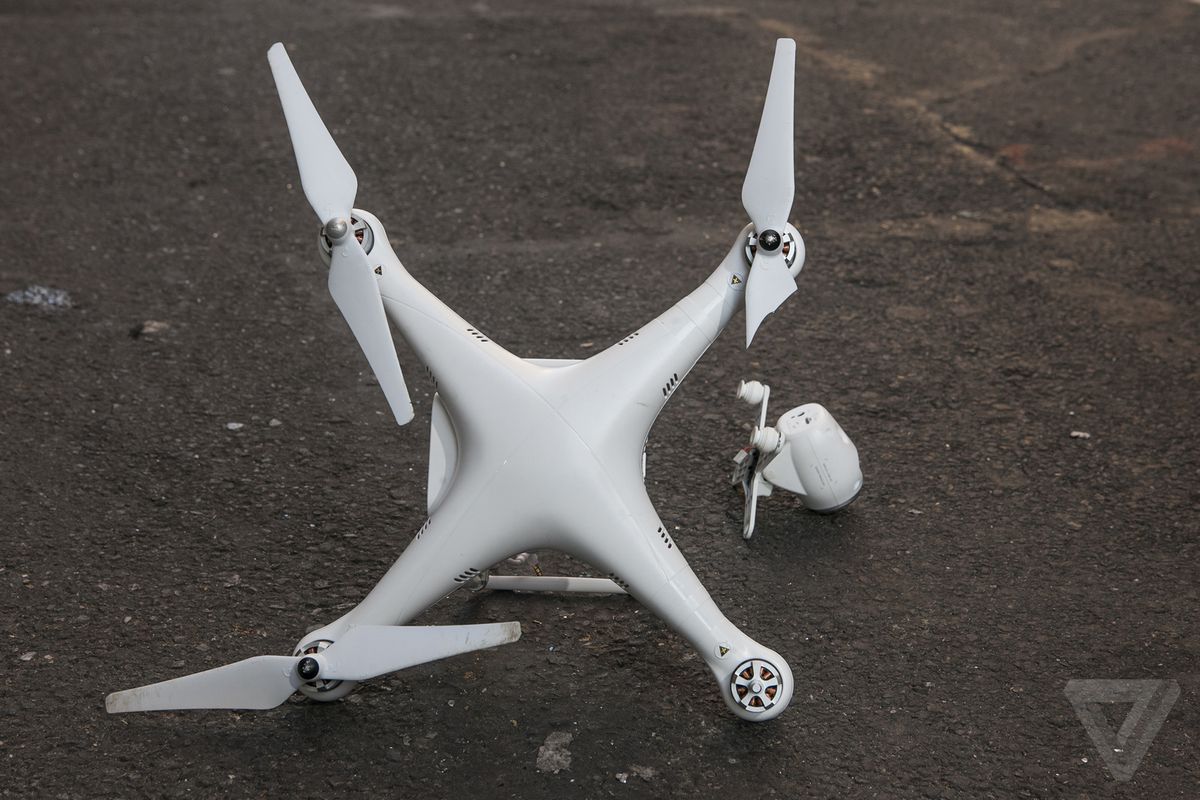
The Paris drone crash highlights the need for significant improvements in drone technology to enhance safety and prevent future incidents. Several advancements are currently being developed or implemented that address key areas contributing to such accidents. These improvements focus on enhancing autonomous flight capabilities, improving navigation systems, and developing more reliable power sources.Technological advancements in drone safety are crucial for expanding the safe and responsible use of unmanned aerial vehicles (UAVs).
This includes improvements in both the hardware and software that govern a drone’s operation, addressing issues ranging from navigation errors to power failures.
Autonomous Flight Systems and Obstacle Avoidance
Autonomous flight systems are rapidly evolving, incorporating sophisticated algorithms and sensor technologies to enable drones to navigate complex environments safely and efficiently. Obstacle avoidance is a critical component of this, using a combination of sensors like lidar, radar, and cameras to detect and avoid obstacles in real-time. For instance, some advanced systems use machine learning to analyze sensor data and predict potential collisions, allowing the drone to react proactively.
This is particularly important in urban environments like Paris, where unpredictable obstacles are common. The effectiveness of these systems can be significantly enhanced by improved sensor fusion techniques, allowing the drone to create a more comprehensive and accurate representation of its surroundings.
GPS and Other Navigational Aids
Precise navigation is essential for drone safety. While GPS provides a basic level of positioning, its accuracy can be affected by factors like signal interference and atmospheric conditions. To improve accuracy and reliability, advanced navigation systems integrate GPS with other technologies such as inertial measurement units (IMUs), barometric altimeters, and computer vision. These systems allow for more precise positioning and heading information, even in challenging environments.
For example, a system might use visual odometry, analyzing images from a camera to track the drone’s movement relative to its surroundings, improving accuracy when GPS signals are weak or unavailable.
Improved Battery Technology
Longer flight times are directly linked to increased safety. Extended flight durations reduce the frequency of battery changes, minimizing the risk of mid-flight power failures. Current research focuses on developing higher energy density batteries using materials like solid-state electrolytes and advanced lithium-ion chemistries. These advancements promise significant increases in flight time while also improving safety by reducing the likelihood of unexpected power loss.
For example, a drone with a significantly longer flight time could complete a complex mission without needing a mid-flight battery swap, reducing the potential for human error and improving overall safety.
Illustrative Example
Let’s imagine a different drone crash scenario, this time in the bustling city of Hong Kong. This hypothetical incident highlights how a confluence of factors, distinct from the Paris incident, can lead to a similar outcome. The key differences will lie in the cause of the malfunction and the specific environmental conditions.
The Incident
The drone, a high-end photography model owned by a freelance photographer named Kenji, was being used to capture aerial footage of Victoria Harbour at sunset. Kenji, experienced but perhaps a little overconfident, was operating the drone remotely from a crowded pier, relying heavily on its autonomous flight features. Unexpectedly, a sudden squall, characteristic of Hong Kong’s unpredictable weather, hit the area.
The strong winds, coupled with heavy rain, interfered with the drone’s GPS signal, causing it to lose its orientation. Simultaneously, a flock of startled birds collided with the drone’s propellers, further disrupting its flight stability.
The Crash and its Aftermath
Unable to maintain control, the drone spiralled out of control, crashing into a nearby junk boat – a traditional Chinese sailing vessel – participating in a harbourside festival. The impact caused significant damage to the junk boat’s fragile wooden structure, shattering a section of its ornate railing and damaging some of the festive decorations. Fortunately, no one on board was seriously injured, but several passengers suffered minor cuts and bruises from flying debris.
Kenji, witnessing the crash from the pier, was visibly shaken, experiencing a surge of guilt and remorse. The drone itself was severely damaged; its propellers were broken, the body was heavily dented, and its camera was rendered unusable.
Damage Assessment
Imagine the drone: its once sleek, black frame now scarred with deep gouges and scratches. The propellers, normally spinning with precision, are twisted and broken, hanging limply. The camera, usually capturing breathtaking vistas, is cracked and obscured by debris. The junk boat, previously a picture of vibrant festivity, now displays a jagged gash in its wooden side, its colourful decorations torn and scattered.
Nearby, pieces of the drone’s casing are strewn across the wet deck, a stark reminder of the chaotic event. The scene is one of disarray, contrasting sharply with the beauty of the harbour sunset. The emotional impact on Kenji, the boat’s passengers, and the festival attendees was palpable – a mix of shock, relief, and lingering anxiety.
Wrap-Up
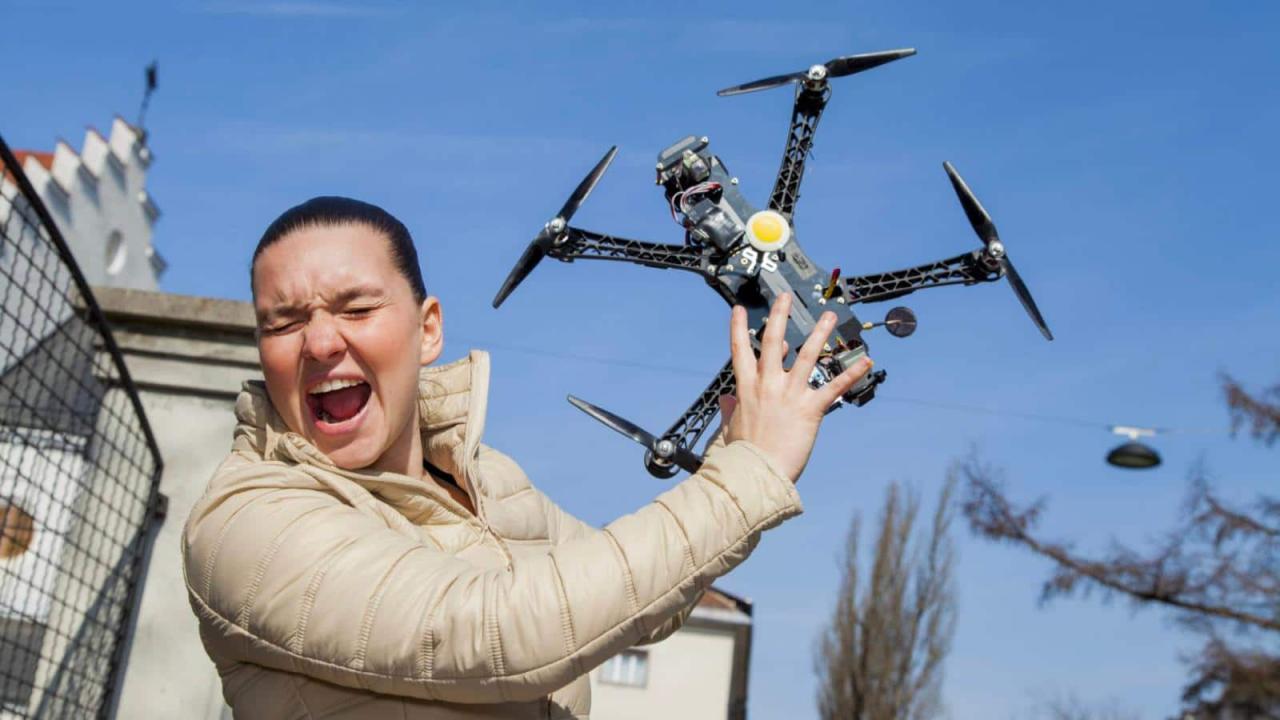
The Paris drone crash serves as a stark reminder of the potential risks associated with drone technology, even in seemingly controlled environments. While technological advancements offer hope for increased safety, robust regulations and responsible operation remain paramount. By understanding the factors contributing to this incident, we can work towards a future where drones enhance our lives without compromising safety. The need for continuous improvement in both technology and regulation is clear, ensuring that such incidents become increasingly rare.
FAQ Summary
What type of drone was involved in the Paris drone crash?
That information will depend on the specific incident being discussed. The details would need to be sourced from news reports or official investigations.
Were there any injuries resulting from the crash?
Again, this depends on the specific incident. The severity of injuries, if any, would be reported in news coverage or official statements.
What is the typical cost of a drone similar to the one involved?
The cost varies greatly depending on the drone’s size, features, and manufacturer. Prices range from a few hundred dollars to several thousand.
How long does a typical drone flight last?
Flight time depends on the drone’s battery and model. It can range from 15 minutes to over an hour.
